【Museums Link Asia-Pacific】Preserving Post-Colonialism: Museum and Art Gallery of the Northern Territory
Author: Chen, Pei-Yu (art critic)
Museum and Art Gallery of the Northern Territory combines the concept of a museum and an art gallery, placing archeological artifacts and contemporary arts in the same space to create an exhibition hall that connects local culture with historical events. The museum exhibits the view of British colonial government on Indigenous Australians throughout history, and often curates exhibitions that use contemporary art to shed a critical light on colonial history, or utilize visual arts to express the personal feelings within natural surroundings, sometimes even work with Southeast Asian island countries to emphasize cross-cultural exchange through navigational documents.
Keywords: indigenous Australians, natural science, contemporary art, colonialism, cross-country culture
Australia is the biggest colony of Great Britain and a penal colony since the British colonists built the first base “New South Wales” in 1788. Other regions were also quickly developed, now Australia is divided into six states— New South Wales (NSW), Queensland (QLD), South Australia (SA) , Tasmania (TAS), Victoria (VIC) and Western Australia (WA)—and two major mainland territories—the Australian Capital Territory (ACT) and the Northern Territory (NT). Although each states and territories have different culture and political rules, Australia is now still reigned by Queen of England, but follows the lead of prime minister. But what was Australia like before the British came? Who lives here? How are their lives? How is their culture? Which people were ruled by the British Colonials? How could their culture and history be preserved and seen by the public?
Geographic existential meaning of a museum
Australia prehistoric era is from 40,000 years ago, when human first set foot on the land, till 1606, when the Europeans first landed on this continent. The reason it was named the prehistoric era is because it was common that people thought that there were no written records of human activities during this period.However, the truth is the aboriginal people did not leave records by word or alphabets, but through drawings and rituals, such as cave paintings, drawings, sculptures, poetry, music and dancing etc. The Aboriginals recorded the myths, dreams and also their daily lives, such as ocean trading during “the dreamtime.” Most myths are related to geography or living creatures, like the Uluru, waterfall or lakes in the mountains, starry nights, kangaroos, platypi, turtles, and crocodiles, and were painted with special techniques using dots, lines and surfaces, along with strong colorful color blocks. The drawings were then added with the common red soil, deadly sun, and dark nights seen in Australia, to express strong feeling to the land. If we look into the aboriginals in Australia, there are more than 250 tribes and over 500 languages, making them very different from each other. For example, Tiwi People, Noongar people, and the Torres Strait Islanders are very different from each other and does not share much culture or origin in common. Some of them might even have more relationship with Indonesia due to the geographic location; however, it is also a pity that a lot of languages died due to the change in history and culture.
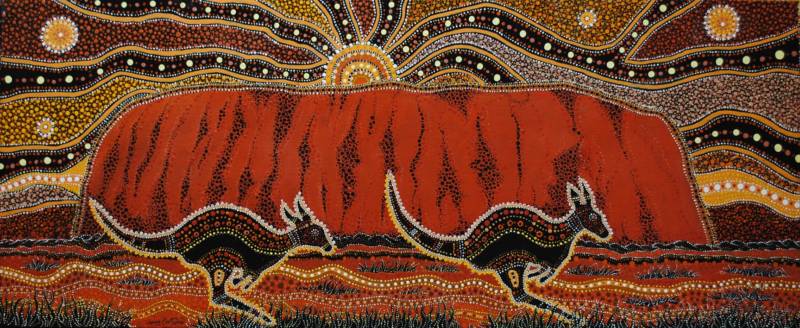
The northern territory is located in the north part of Australia, with Darwin as its capital, now is the area that preserves most Aboriginal population and culture. One reason is due to the “White Australia Policy” in other states and territories, another is due to the weather and geographic location allowed the north territory to preserve the sacred lands of the aboriginals. The cruel weather of the deserts kept the colonials away, thus allowed the aboriginals to keep their traditional lifestyles. After 1900, a lot of incidents happened, for example, aboriginals sacrificed in the world wars for the British Government, Government apologized to the aboriginal families whose children were taken away and sent to white families, lands were given back to the aboriginals, giving aboriginals special welfares, and giving aboriginals the right to vote. Although the government has already established many pro-aboriginal policies, a lot of young Australia people still thinks that the British Government should give back the power to rule the aboriginals, and also make amends to the White Australia Policy that destroyed the culture of the aboriginals.
Art, nature, history, and fuze from multi-nations
“Crocosaurus Cove” and “Museum and Art Gallery of the Northern Territory” are the two most famous exhibition center in the Northern Territory. The former exists not only to attract tourists, but also because the geographic area and weather, crocodile is a very common animal in the freshwater and saltwater in this area, thus becomes an important part of life in the northern territory, such as crocodile meat, crocodile leather, teeth and claws were all significant objects starting from the prehistoric age, and is now still an important source of income. The latter, is a center that combines the concept of science and art museums, displaying art pieces alongside with ecological specimens. The topic of the art pieces are mainly limited to modern art works created by Australia aboriginals, allowing the visitors to notice the difference between modern aboriginal art and prehistoric artifacts, but could also see the point why these pieces should be displayed together. The culture of the aboriginal, no matter dead or alive could be preserved by the museum for people of younger ages to recognize, and also develop new thoughts during the exhibiting process.
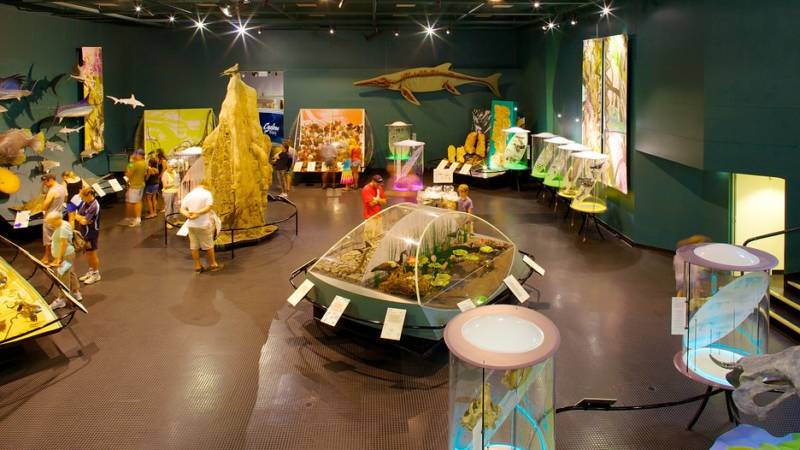
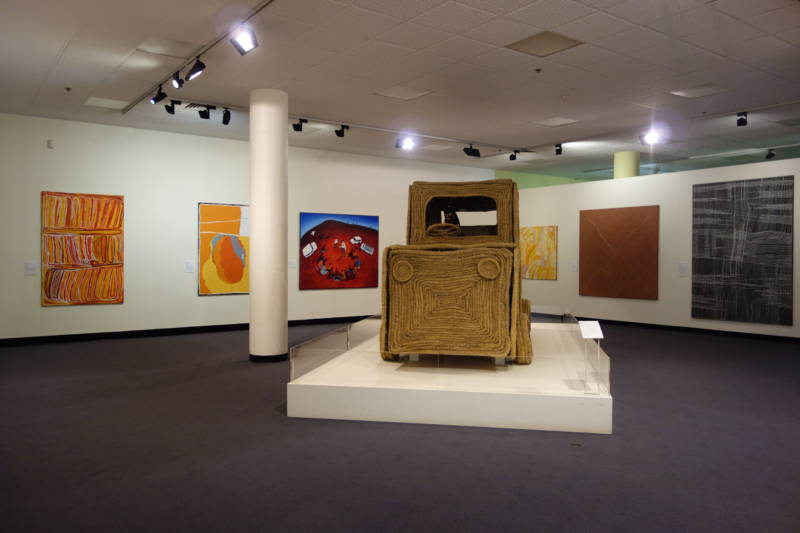
It is much more complicated and diverse to preserve culture and social changes through visual art instead of words, sometimes even require great imagination. In “the Art Gallery of the Northern Territory”, there are two kinds of exhibitions: permanent exhibitions and special annual exhibitions. Permanent exhibitions include Cyclone Tracy, Natural Science, Indigenous Art, Sweetheart, Rock Art, Maritime History, Sacred Objects, Palaeontology, WWII Darwin, Southeast Asia, Research and Australian Art. Special annual exhibitions are curated for special topics by different curators with topics ranging from modern art combined with local culture or history, or artworks made from local plants and animals, that allows the visitors to see the journey of imagination from the past to the present. From May to August, it is the most important season every year in Darwin since this is the best time to visit Darwin. At this time, the museum will also participate in the Darwin Festival to hold many major events such as art festivals or photography festivals and would also collaborate with other events in nearby areas, furthest to Alice Spring in central Australia.
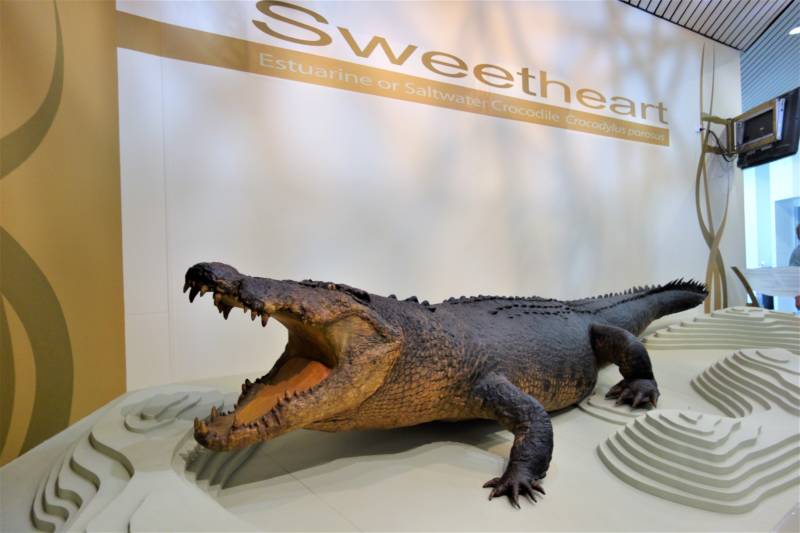
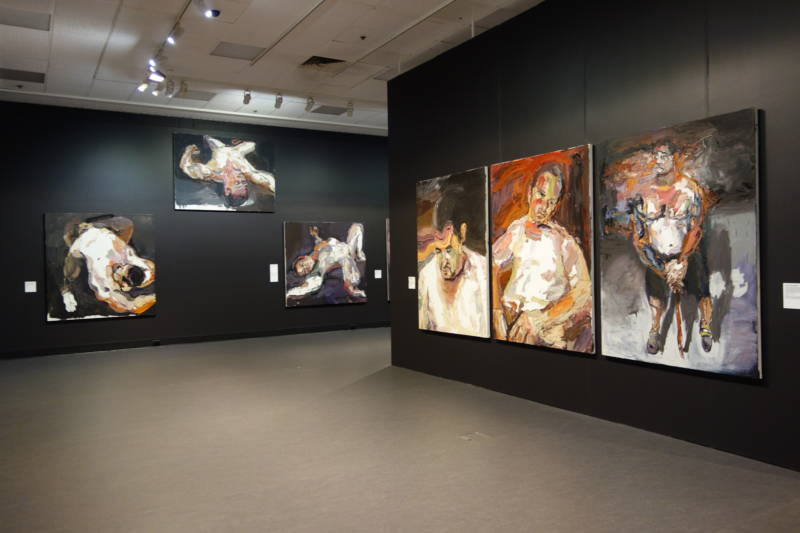
The British Colonists declared that Australia only had written history after they arrive; however, recent research found out that the ancient aboriginals painted on different medias – fruit, rocks, clothes, instruments, weapons, and also kept record of their culture through poems and festivals. In fact, before they were colonized, the aboriginals in the northern territory had a long history of trading seafood, plant and animals with Southeast Asia, Papua New Guinea, and other island countries. The most popular item that they traded was sea cucumber, and the furthest place they traveled to was China. Although there were no written records, these stories were recorded through the dance of the festivals, showing the development of farming, and civilization. The aboriginals have proved that they do have their own culture and regulation, and they just did not write down the histories, but were not barbarians as the British have declared.
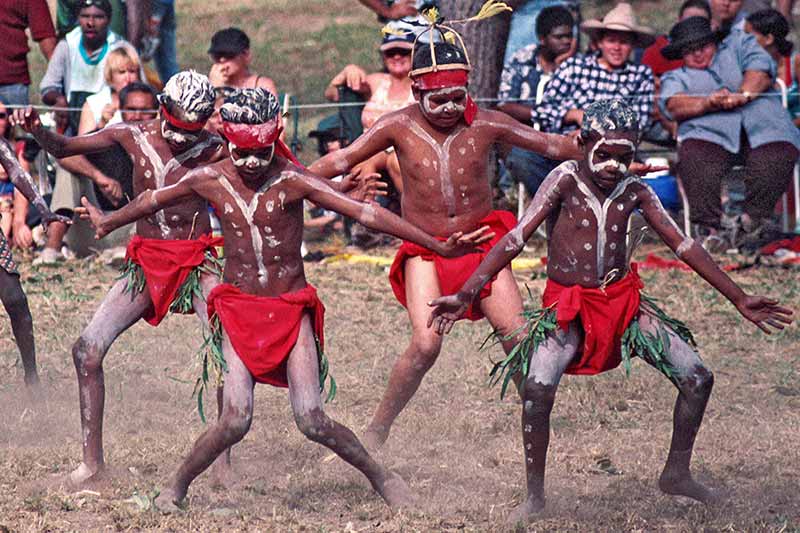
From the above, we know that Australia aboriginals has a close relationship with several countries in the southeast Asia, not only in trading but also the language as some of the Australian tribes speak similar languages with Indonesia, and also in food and lifestyles. For example: hunting, instruments and china platesetc. Some of the earliest countries that had connections with the Australia aboriginals include Cambodia, Timor, China, Indonesia, Laos, Malaysia, Myanmar, Philippines, Thailand and Vietnam. All these countries that were connected with the aboriginals came across each other in Darwin, giving this museum a unique status showing the fuze of all these different cultures. In fact, Darwin City itself is just like this museum, a big melting pot of different races and tribes. All the artifacts no matter the age is displayed and shown in the museum, either they are art pieces or natural specimens. However, we must pay attention to how the display pieces are shown and how the descriptions are shown because we can still see significant racial difference in the descriptions. For example, when we see the curation concepts or the display descriptions, the aboriginals are still often seen as a special feature or objects, a special specie that should be researched or used as a tourist attraction. We should realize that the aboriginals are just human beings like us but with different languages, culture and lifestyles. However, this should not be used to distinguish the superiority between races.
Rethinking about modernizing and seeking the truth
Interestingly, if we assume that art should be classified by an academic standard from the west, such as Dadaism, Surrealism, Impressionism or other models from the Renaissance, then if we exclude the aboriginal works after white Australia policy that might have been influenced by the west, what standard should we use to judge an aboriginal artwork before colony? Should we follow the aboriginals’ standard? British Colony? Australia government? Or the curator? How should we pick which art pieces to exhibit in the art museum? If displaying in the museum and classifying are to make sure that the culture could be preserved, like what the Europeans used to do – bringing back artifacts from all over the world to preserve and also taking away other’s freedom when taking special races back to their home country, losing the basic respect to human rights. The biggest difficulty that the aboriginals face is that the government still sees these races as tourist attractions, just as how they set the colonial policies to tame the aboriginals and use them as tools.
The most important question in the museum is how to choose the display artifacts since these matters who has the power to shape the history, which part of the culture or art history that would display and shape the direction of the museum and how the visitors view these artifacts. A museum that is located here is impossible to neglect local culture. The curation team members and how the exhibition is curated are important issues how the museum can communicate with the public. John Berger once said:” It is a pleasure of the eye to visualize different species.” Then, including nature into an art museum is not only a form of breaking the barrier of imaginations in geography, but also a visual pleasure through a colonist’s eyes to dominate the world.
References:
- Bill Gammage, 2011, The biggest estate on earth: How Aborigines Made Australia. Allen & Unwin; Reprint edition
- Shaun Tan, 1998, The rabbits. Hachette Australia; UK ed. edition (September 1, 2010)
- 【YouTube】Babakiueria
- Bringing them Home Report (1997). Australian Human Rights Commission.

